New drone images show extent of drought damage in Riudecanyes reservoir
Southern Catalonia suffering harsh drought while general level of reservoirs sees slight improvements
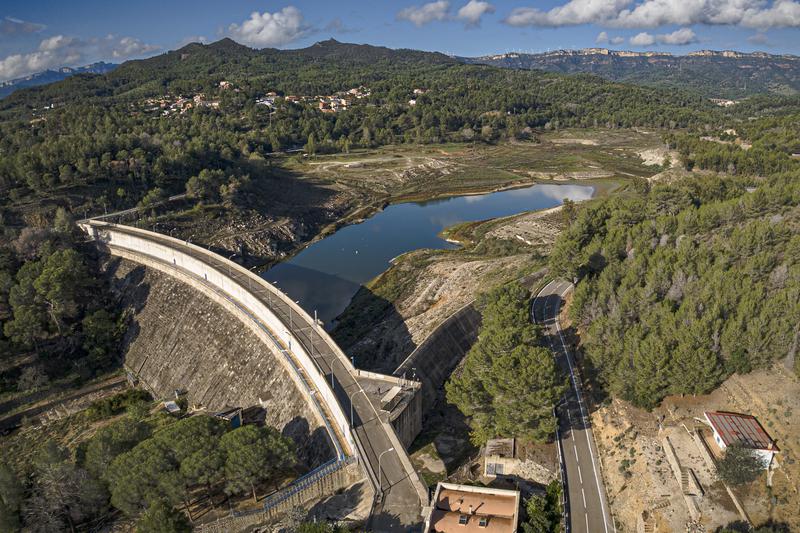
The Pantà de Riudecanyes and Pantà de Siurana are two of Catalonia’s reservoirs that have not benefited from the rains of the past months.
Riudecanyes, close to Tarragona, located in the county of Baix Camp in southern Catalonia, currently has its reservoirs at 1.6% of its capacity. Compared to the same day last year, the level was at 4.2%, a significant decrease from the 18.7% of capacity that the reservoir had in 2022.
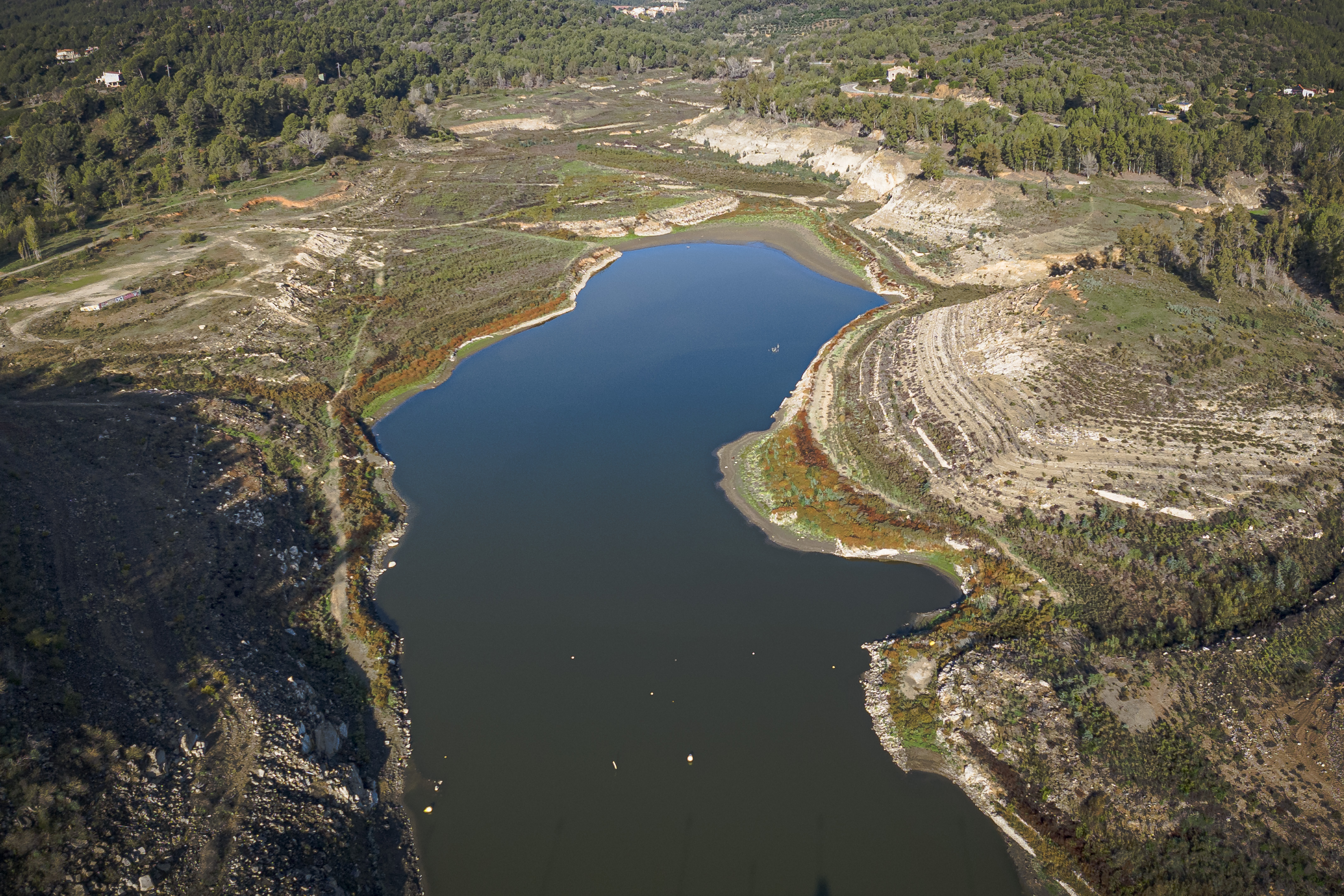
The situation in the Siurana reservoir is even more stark. Located in the Priorat county, also in southern Catalonia, it currently stands at 0.6% of its capacity. That number was slightly higher a year ago, 4.3%, and the reservoir had even surpassed 85% in 2020.
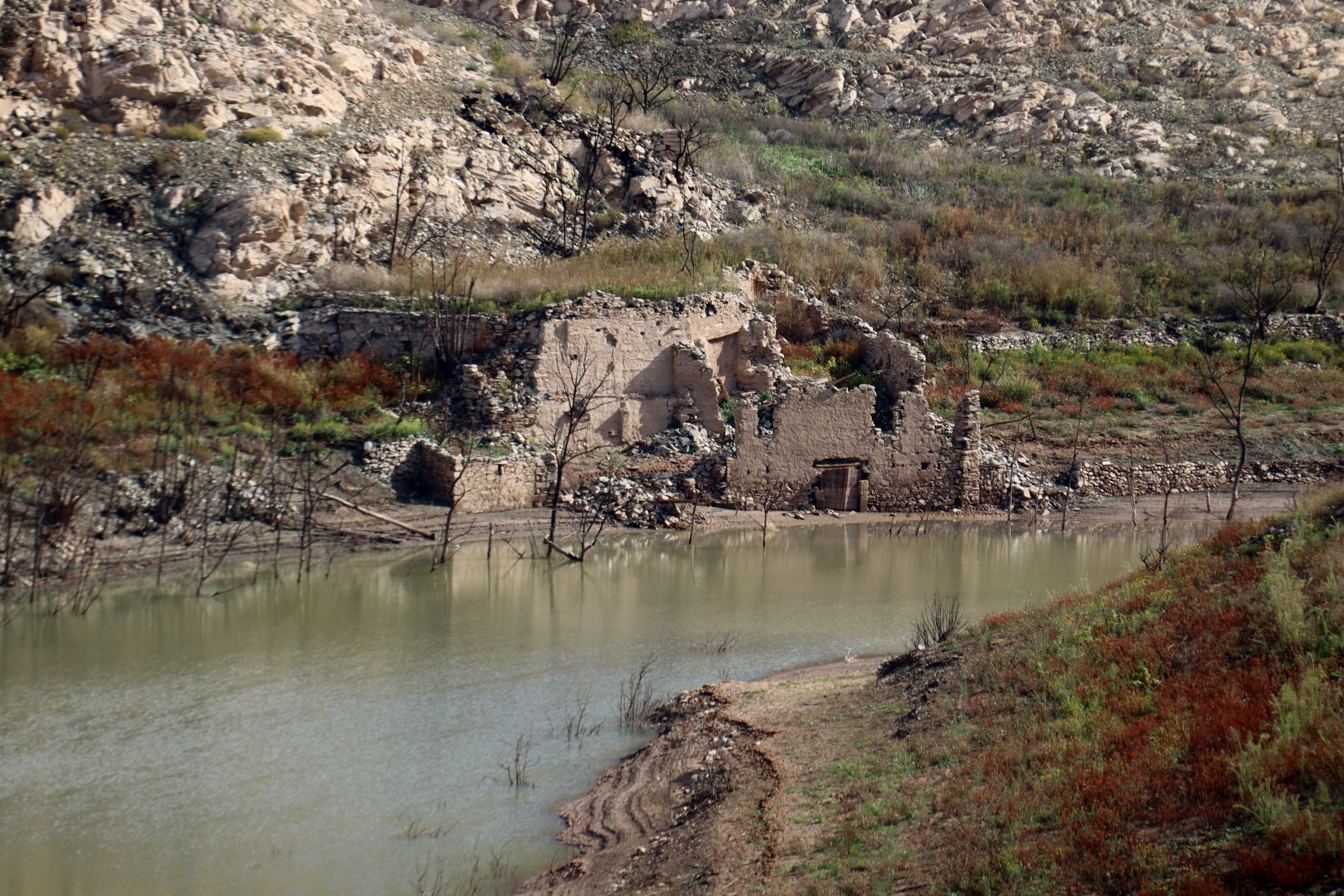
This situation in southern Catalonia contrasts with the good months that reservoirs in other parts of the territory are seeing, compared to how the situation was in 2023.
According to the Catalan Water Agency (ACA), the average capacity of reservoirs in Catalonia stands at 27.6%, while in October 2023 it stood at 19.8%.
Siurana and Riudecanyes, at their lowest ever level
The Siurana reservoir has been continuously losing water in the ongoing drought. In fact, this reservoir has its lowest level ever recorded, surpassing the previous historical low registered in 1987.
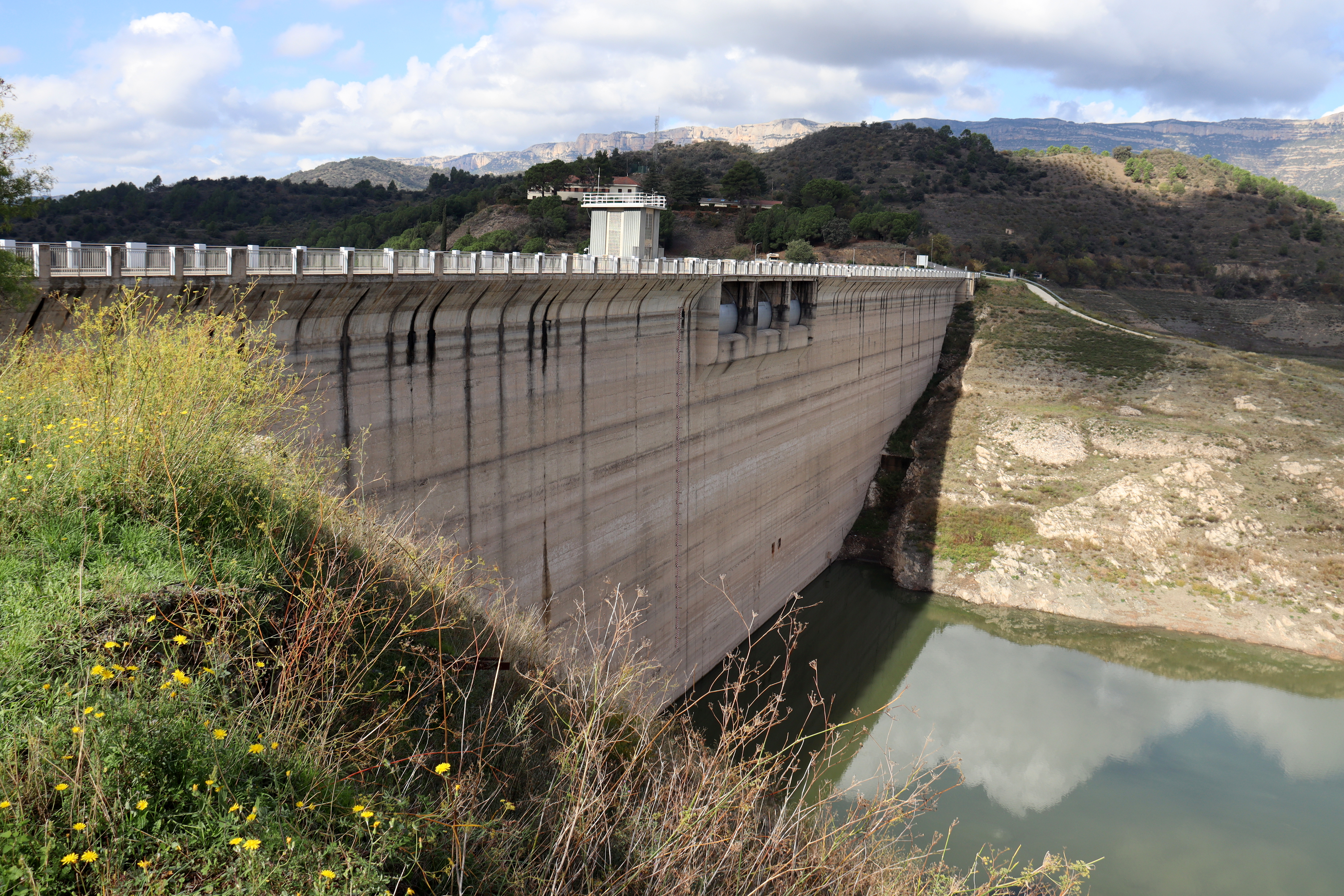
After Storm Gloria battered Catalonia in 2020, the reservoir –like many others that filled up- stood at 90% of its capacity for that whole year. But in 2022, its level fell below 10%, and has not recovered since.
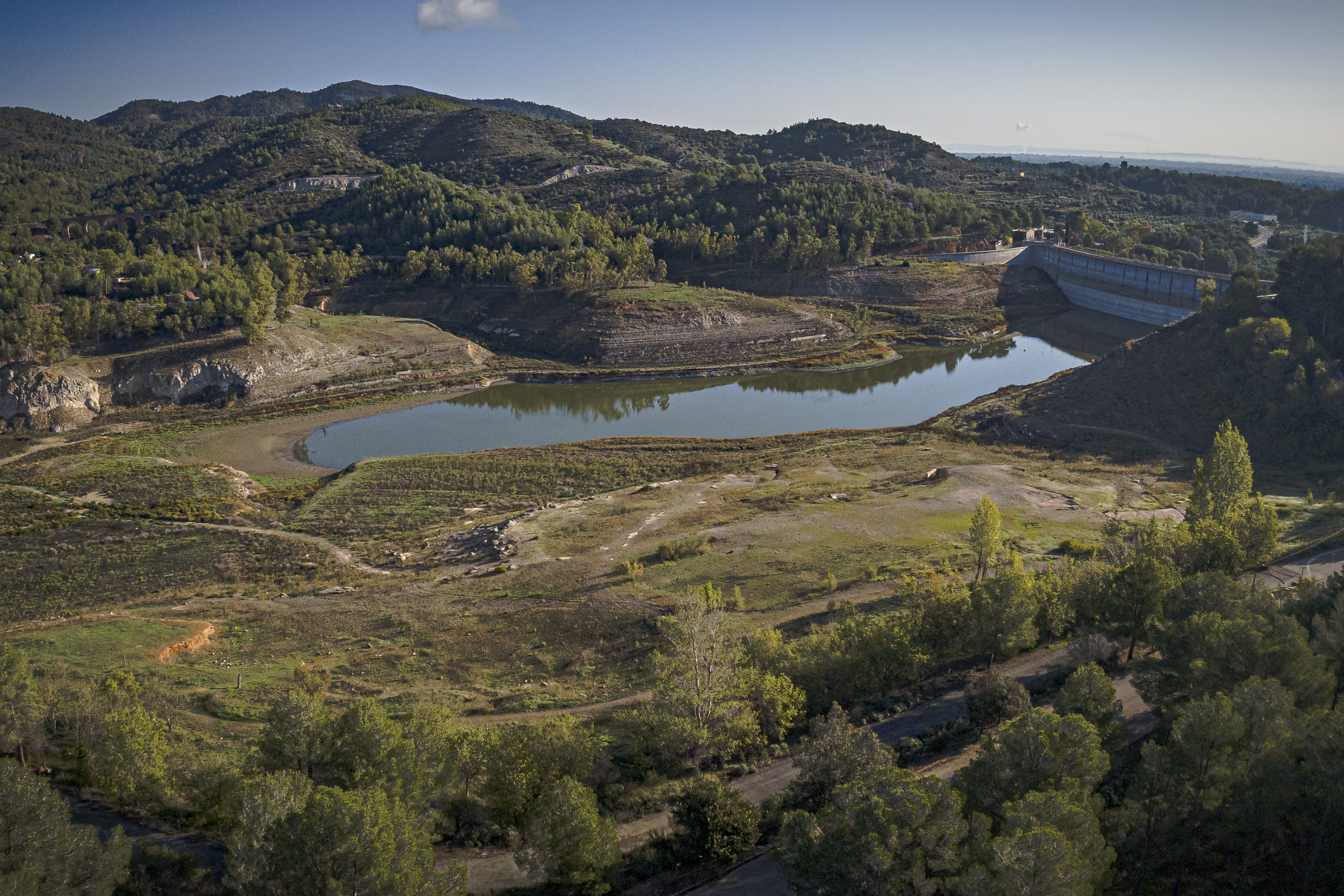
The Riudecanyes reservoir it also at its lowest point in the past three decades. The swamp capacity has been below 10% since February 2023 uninterrupted.